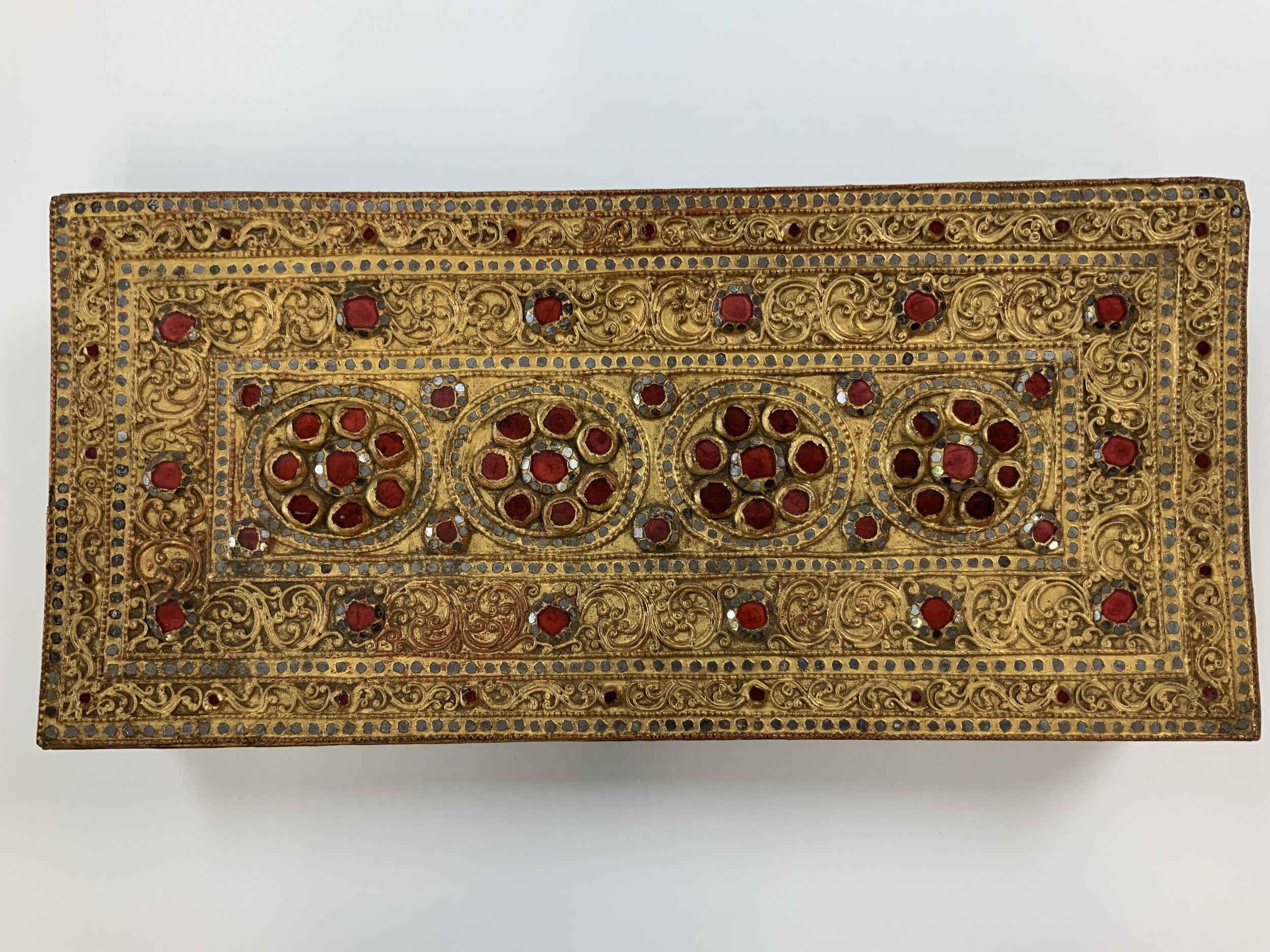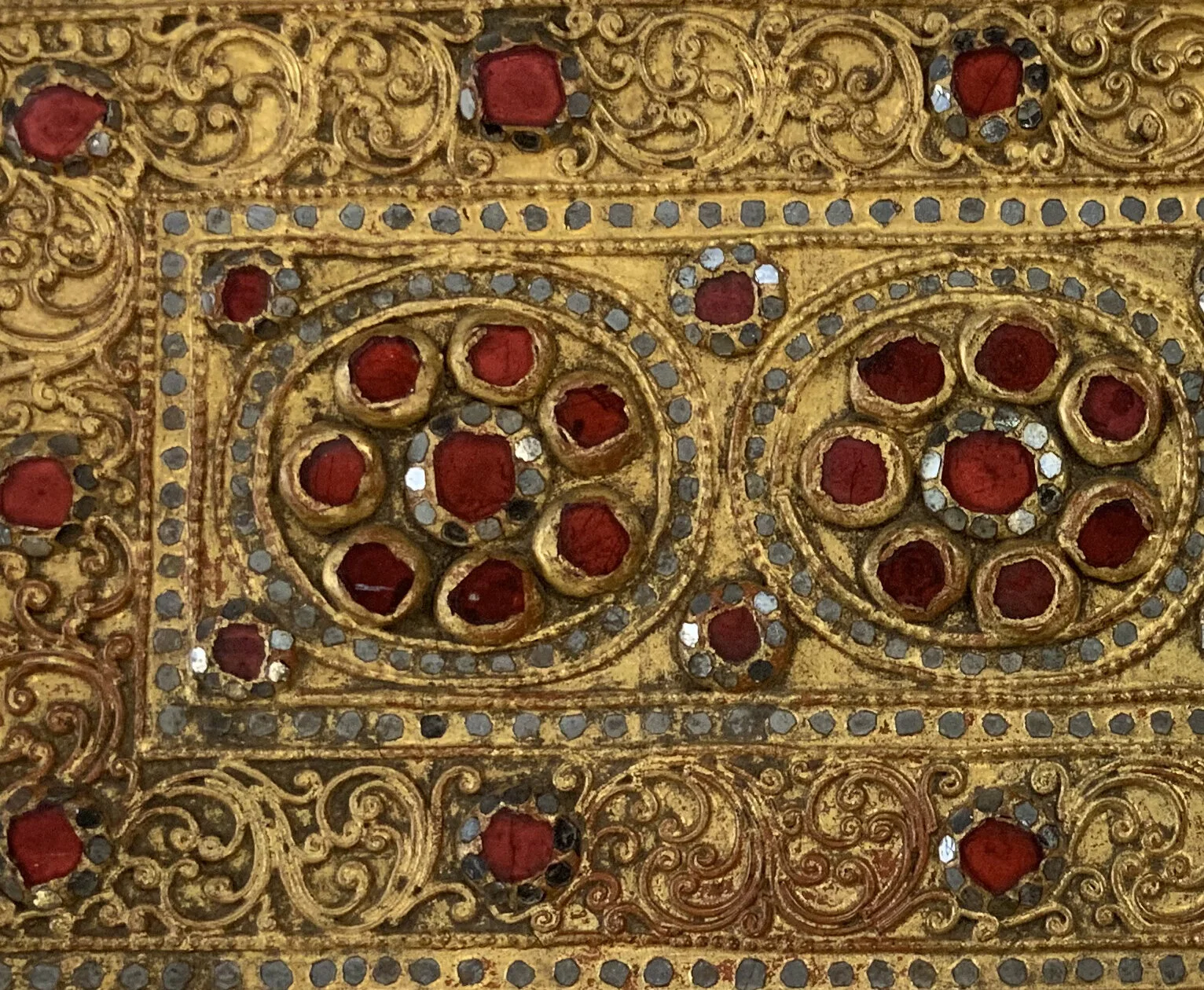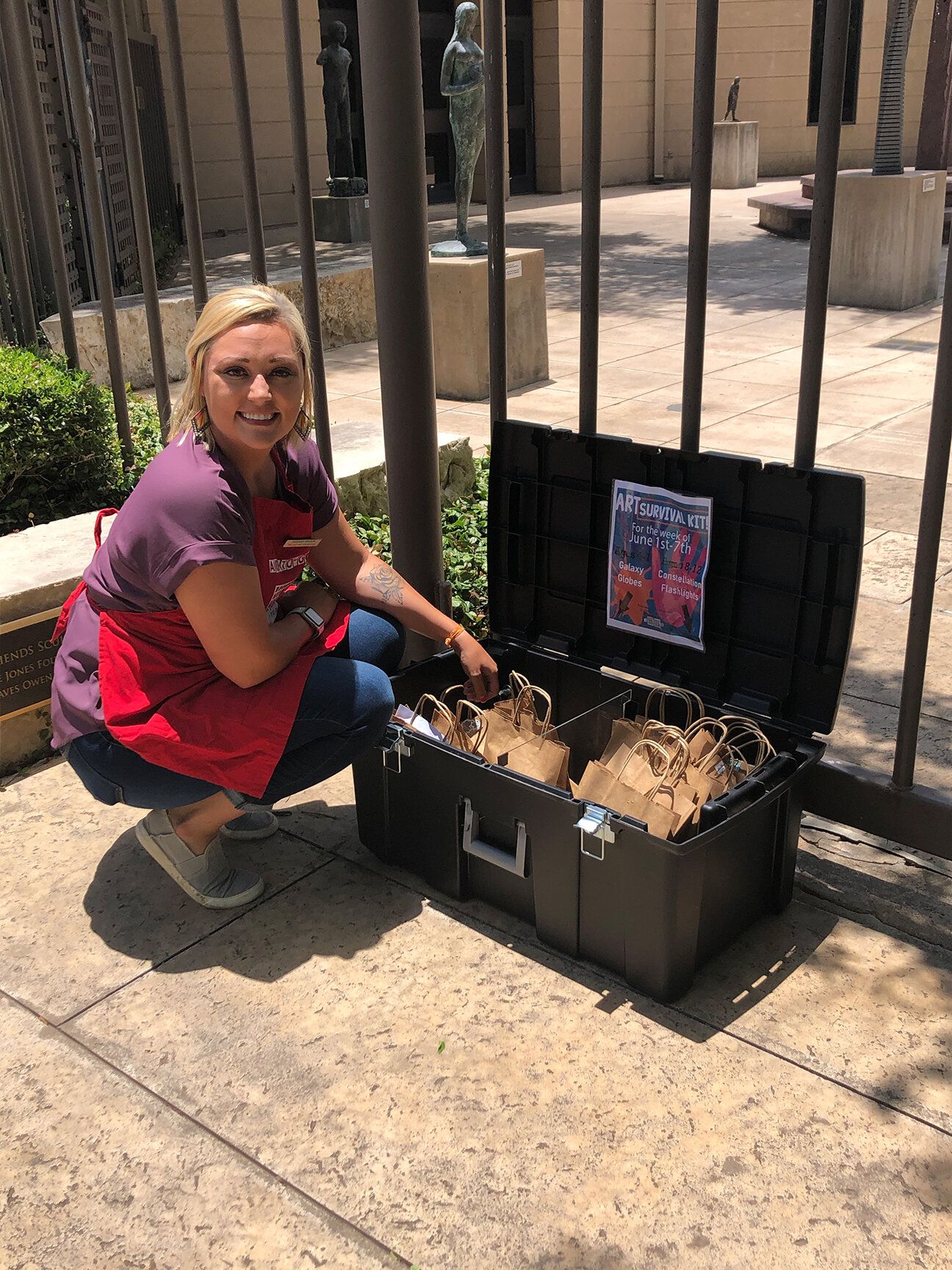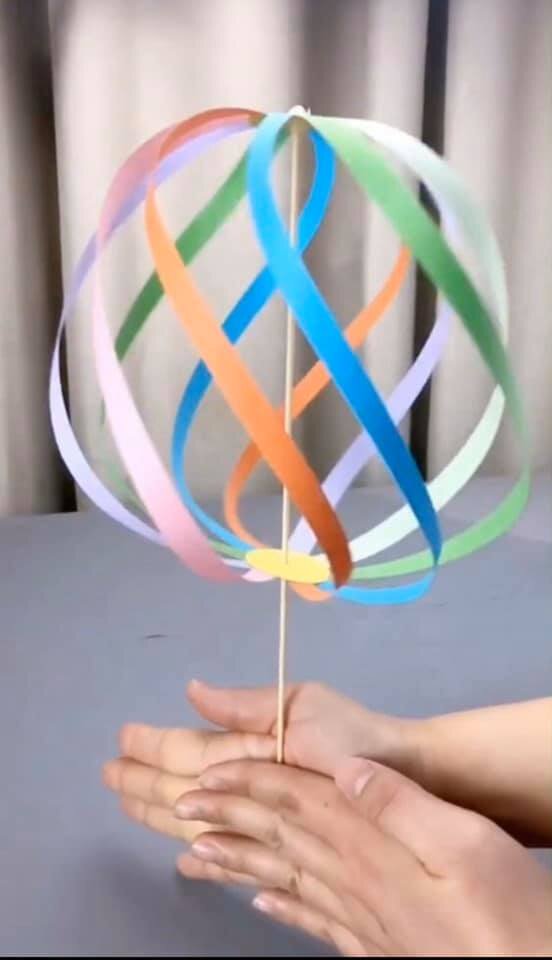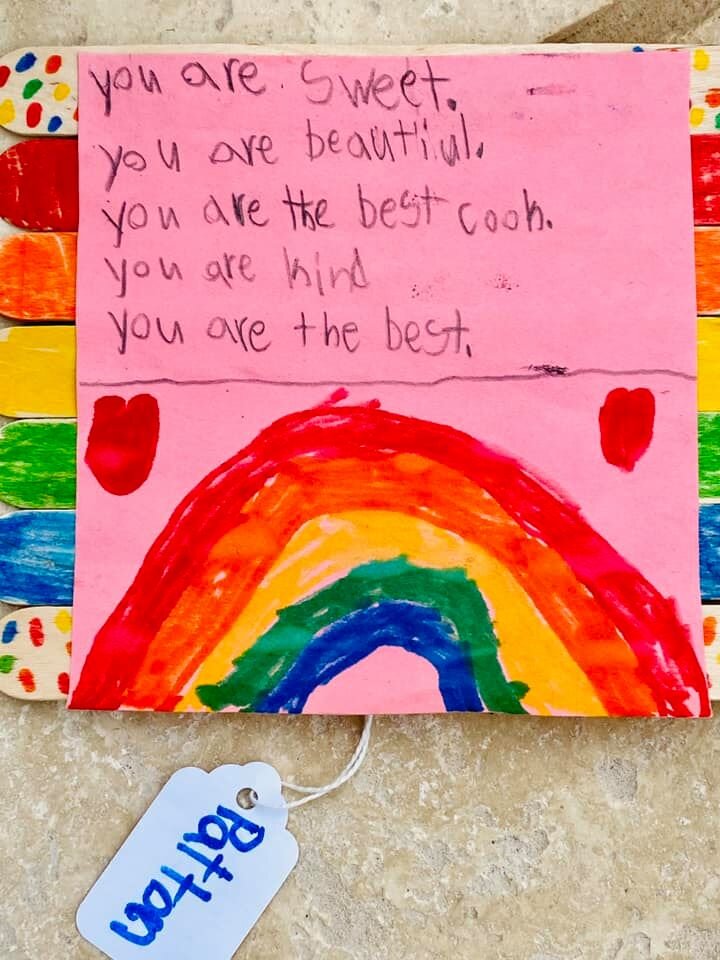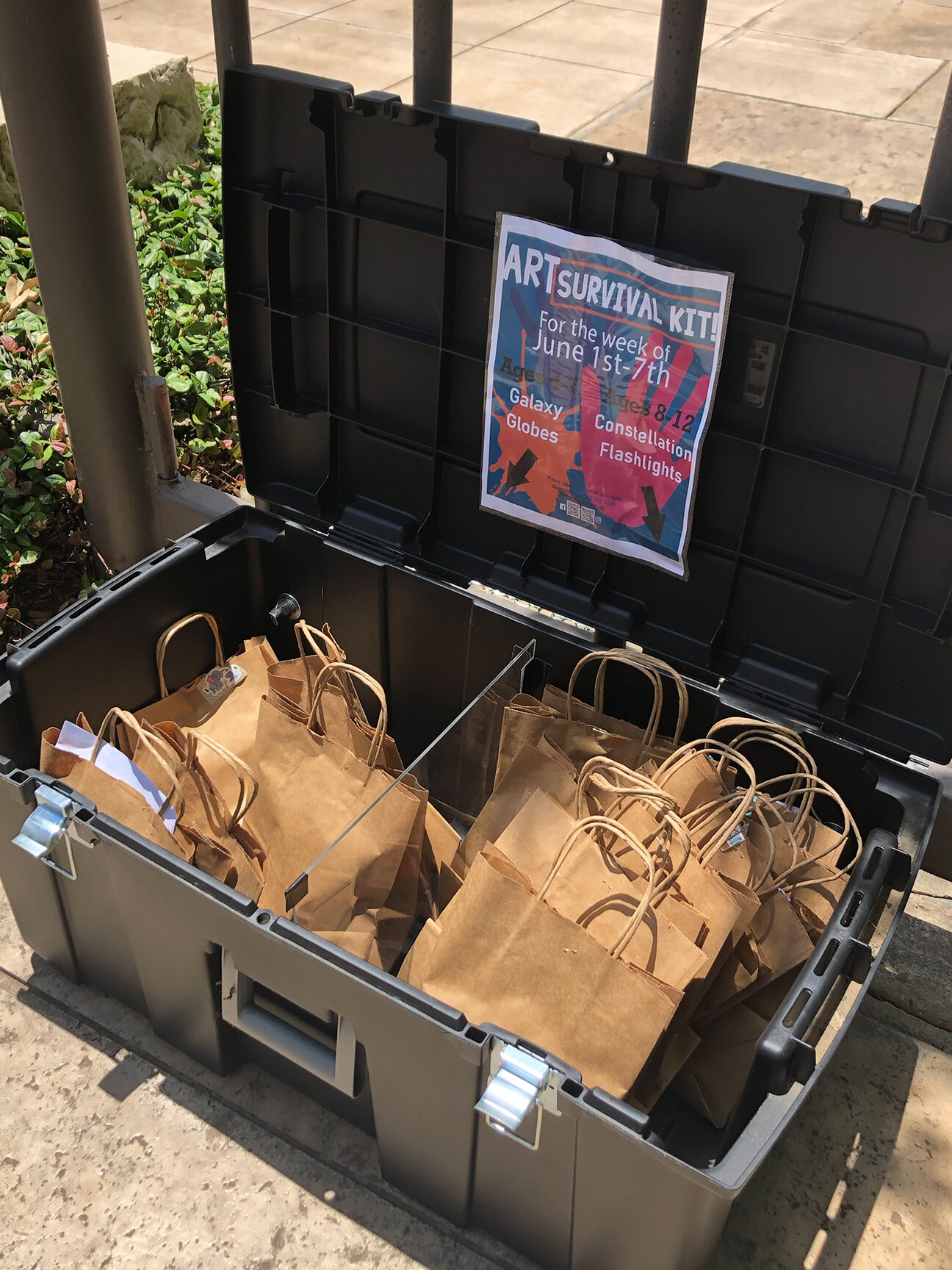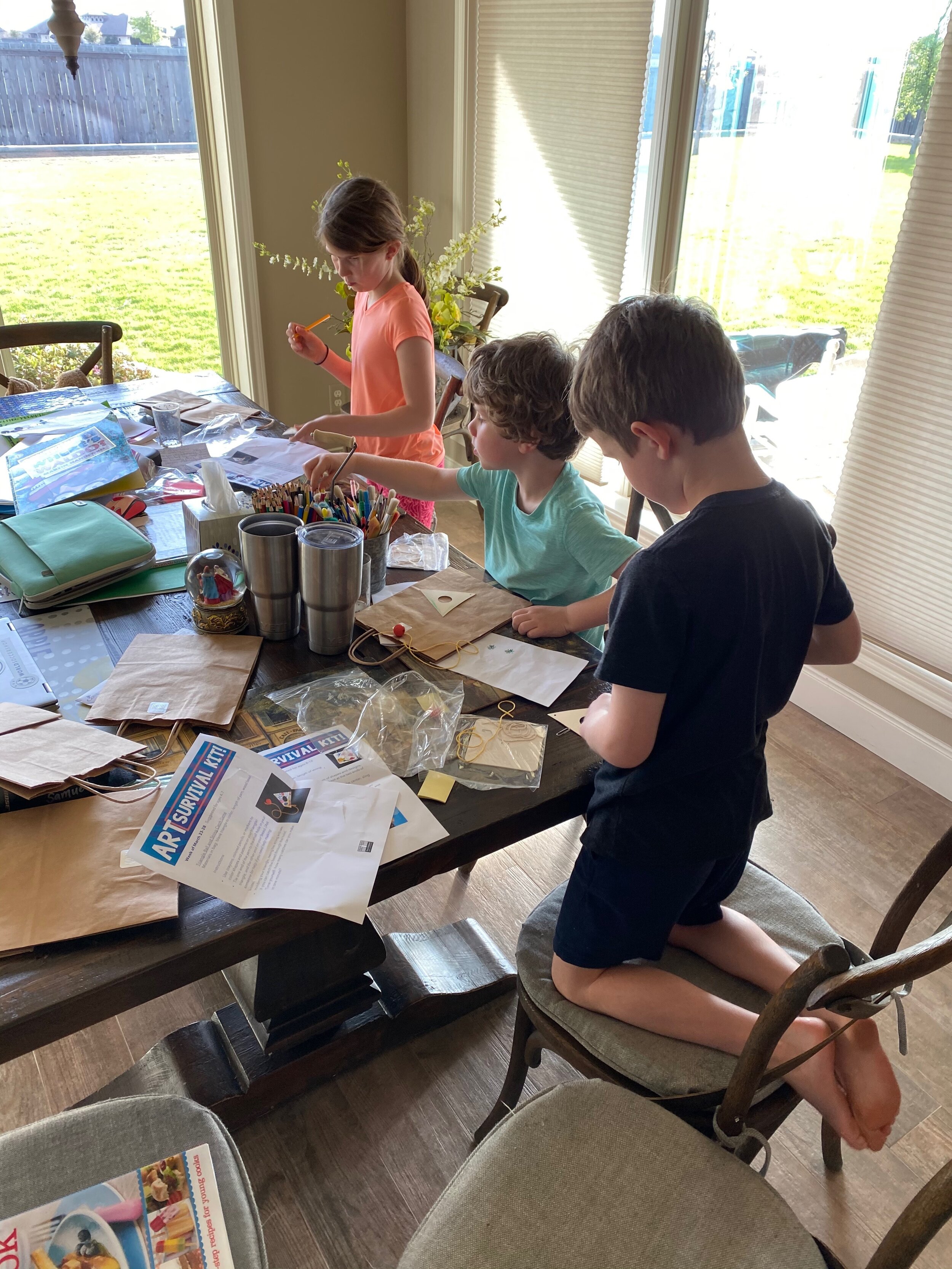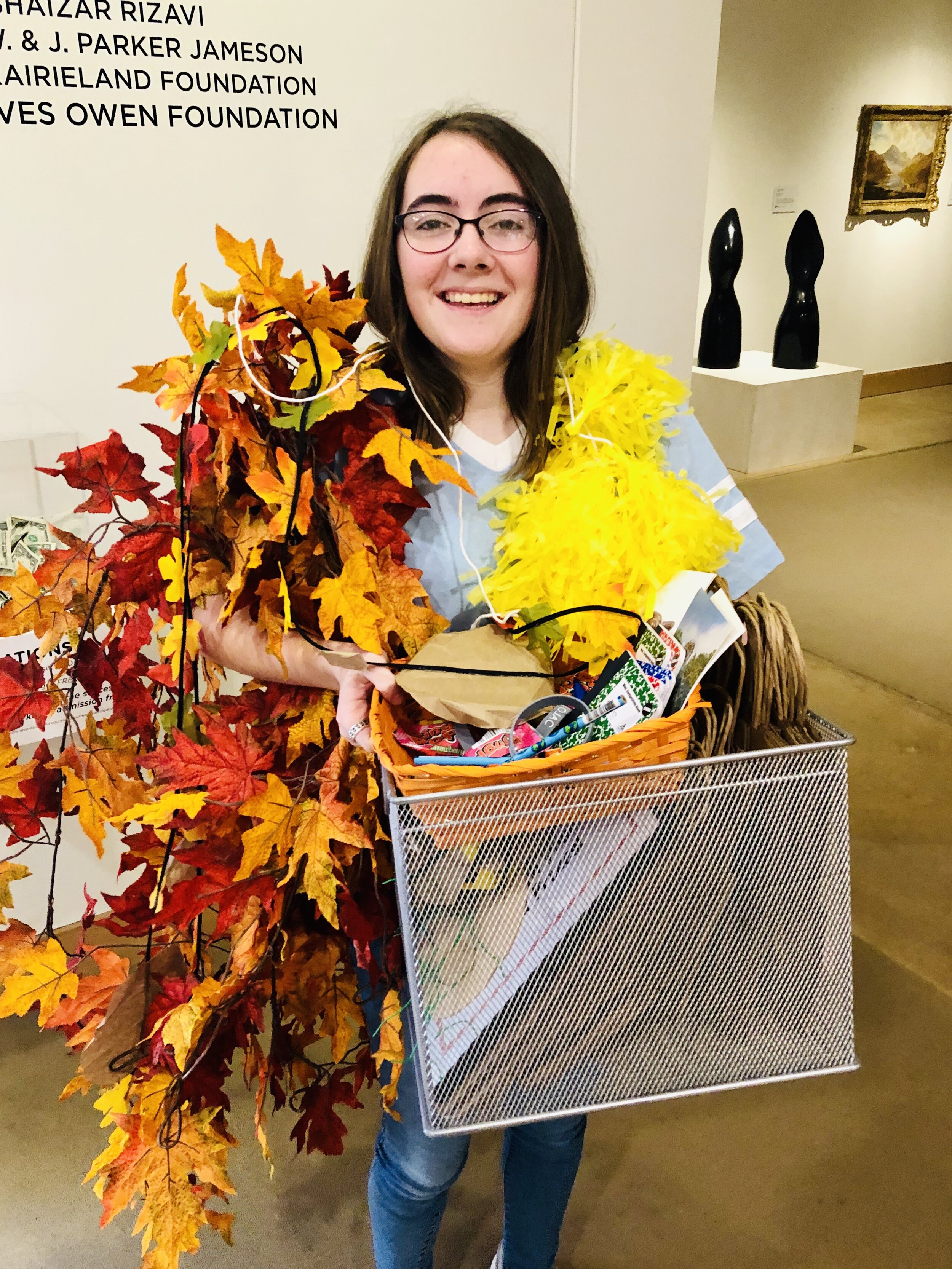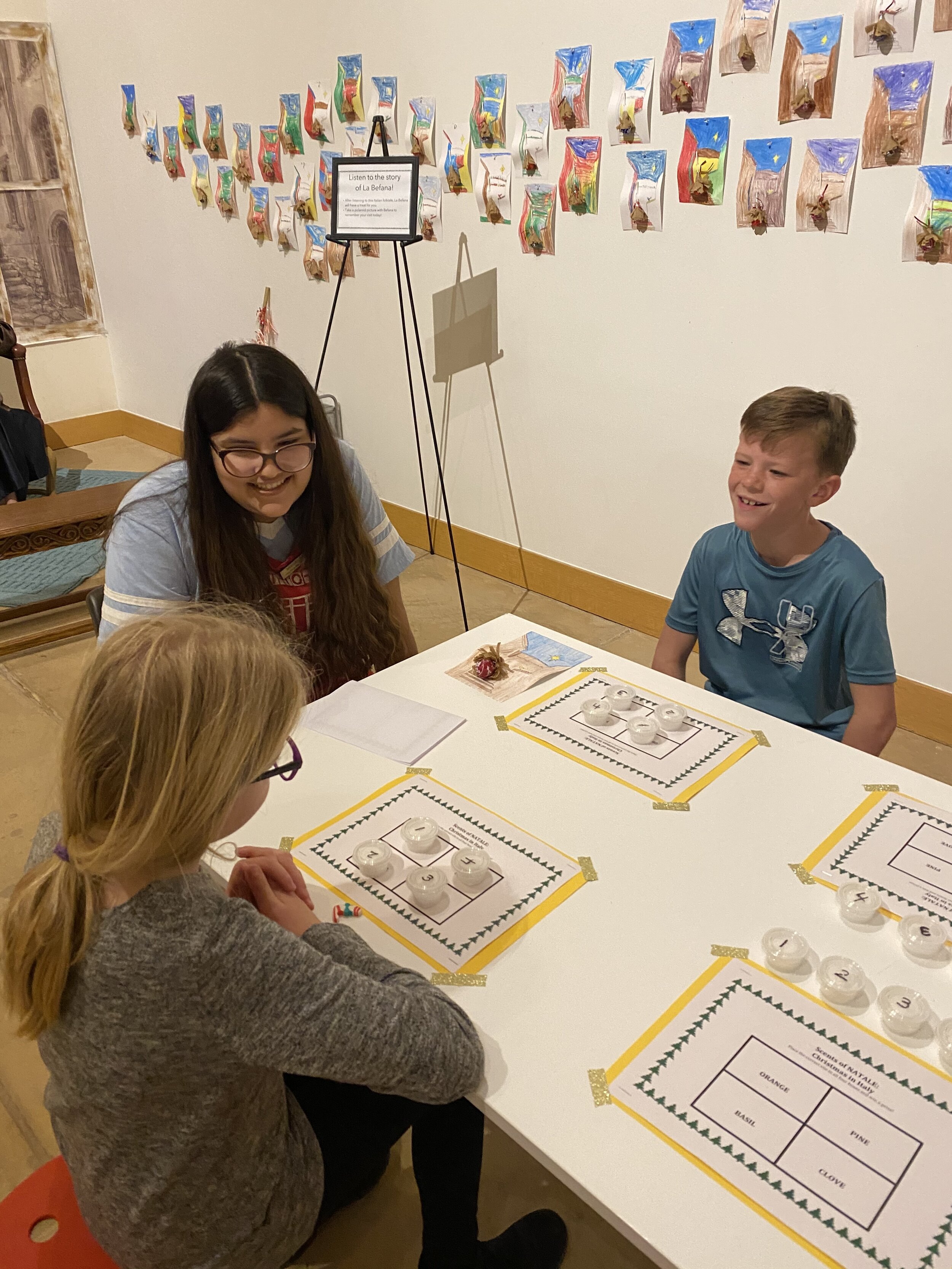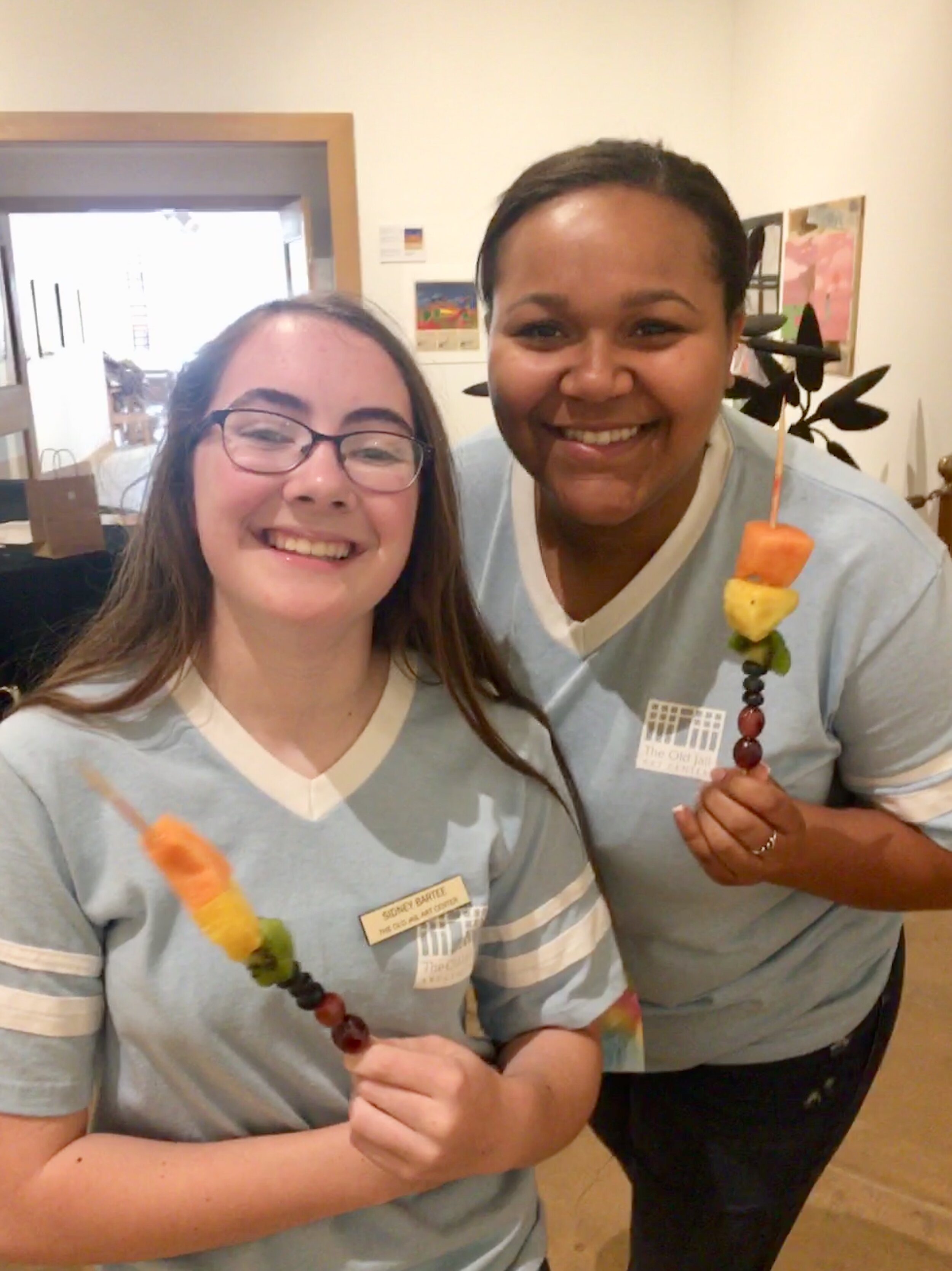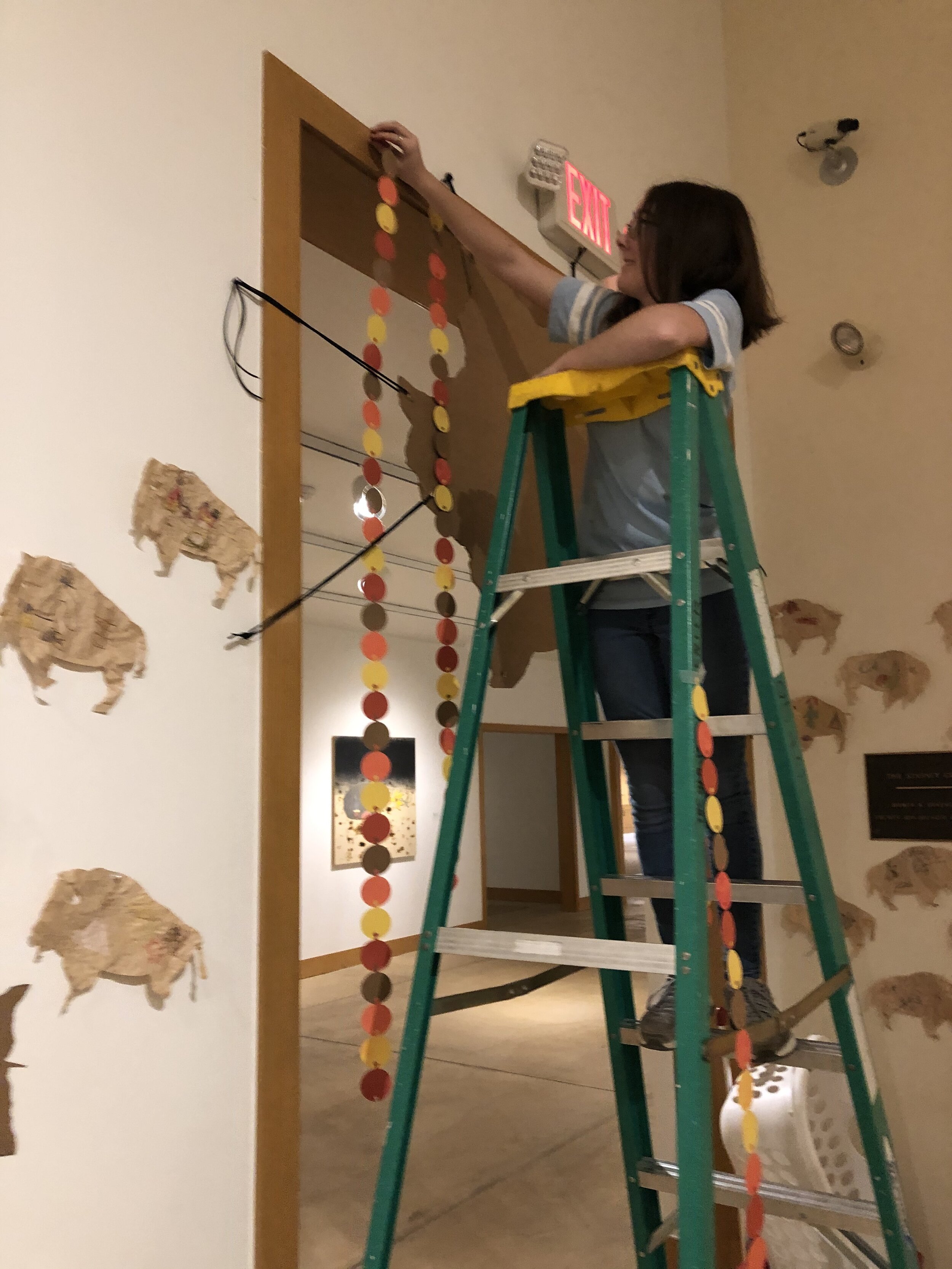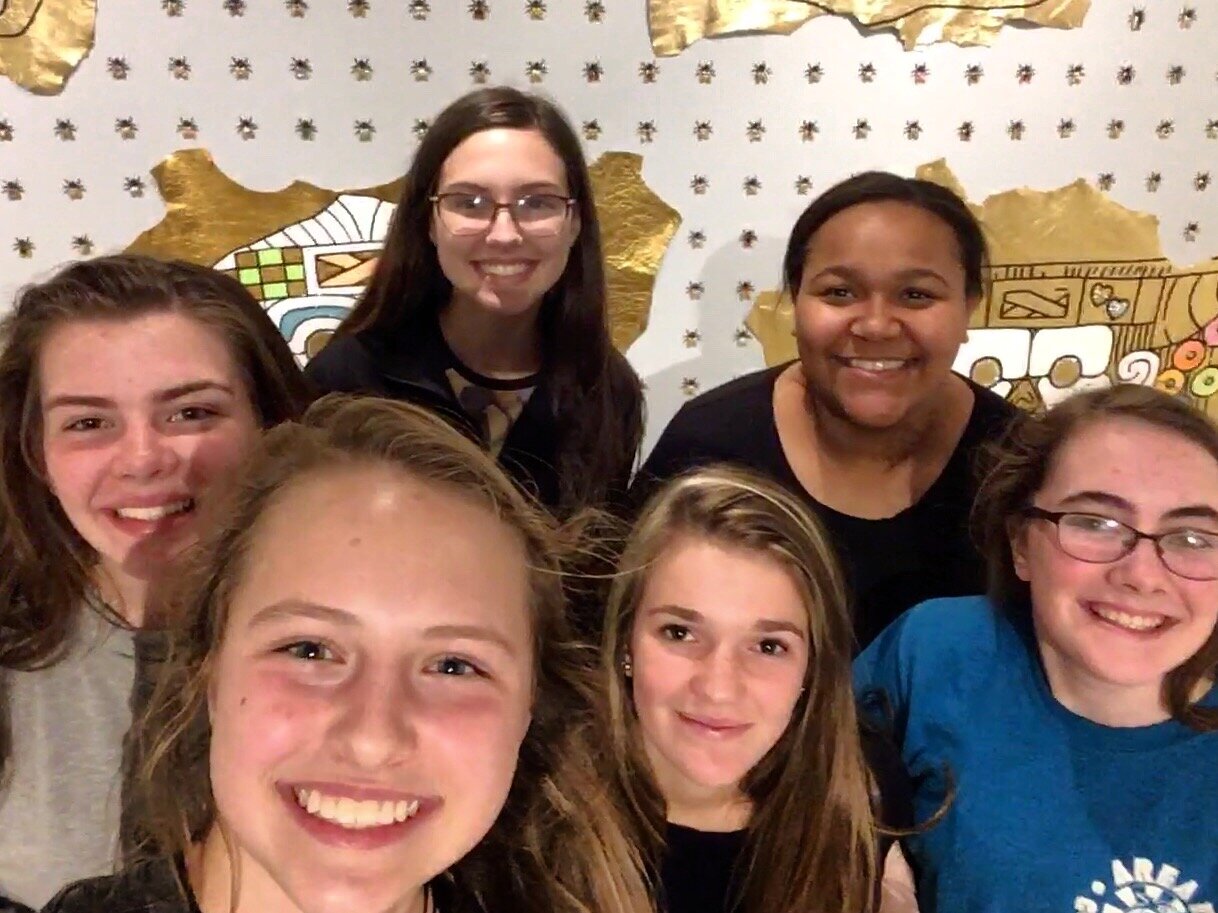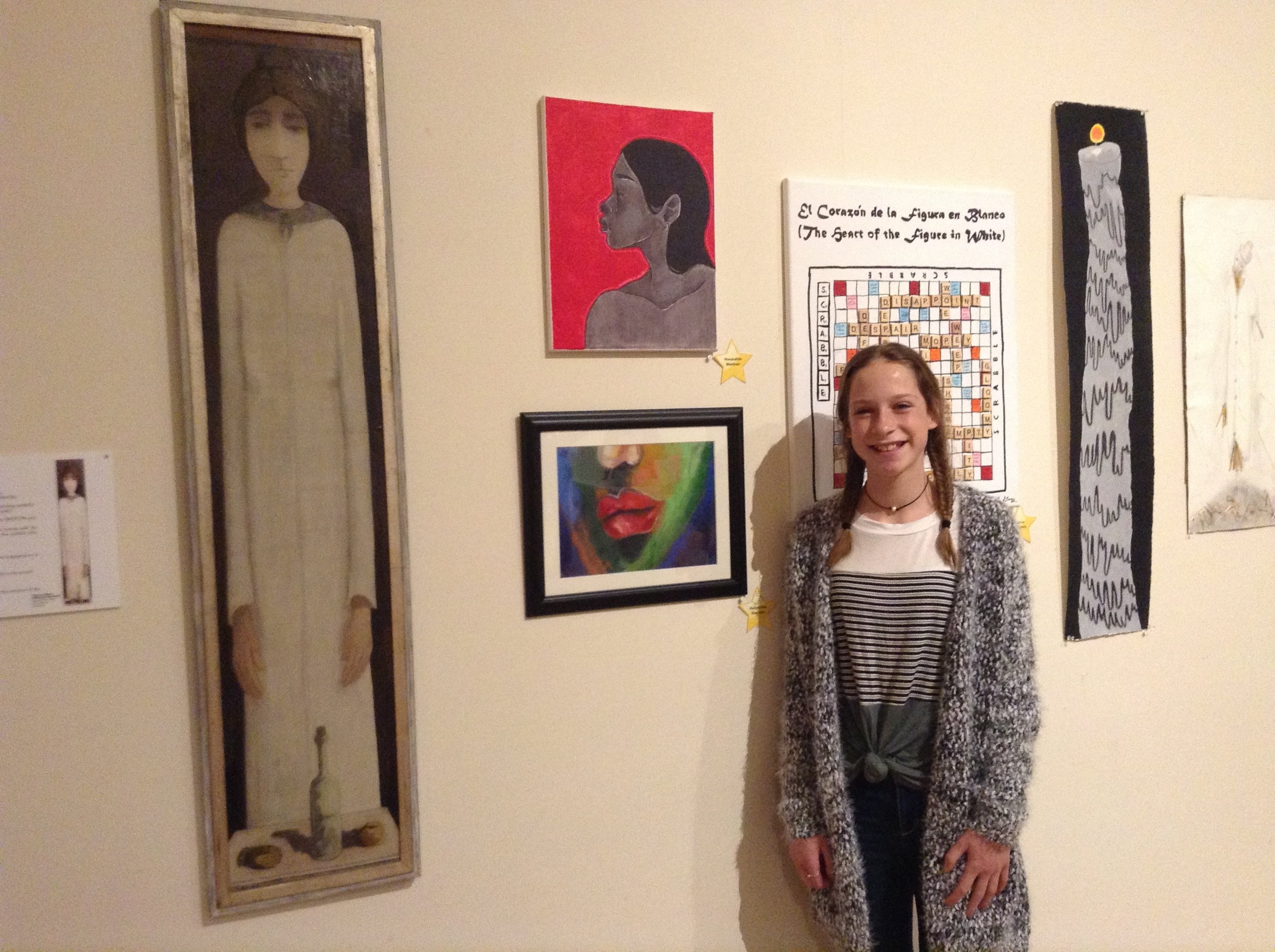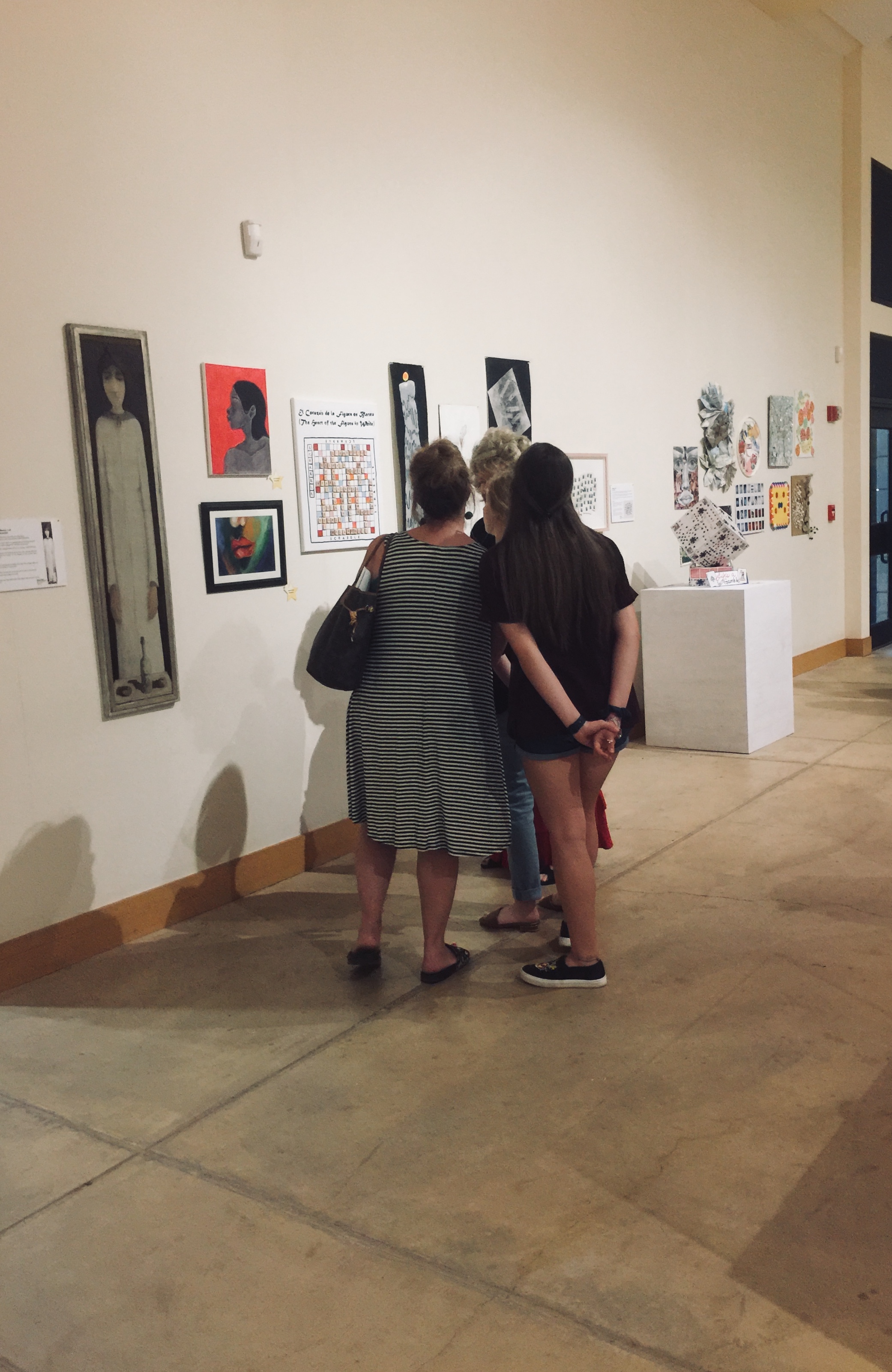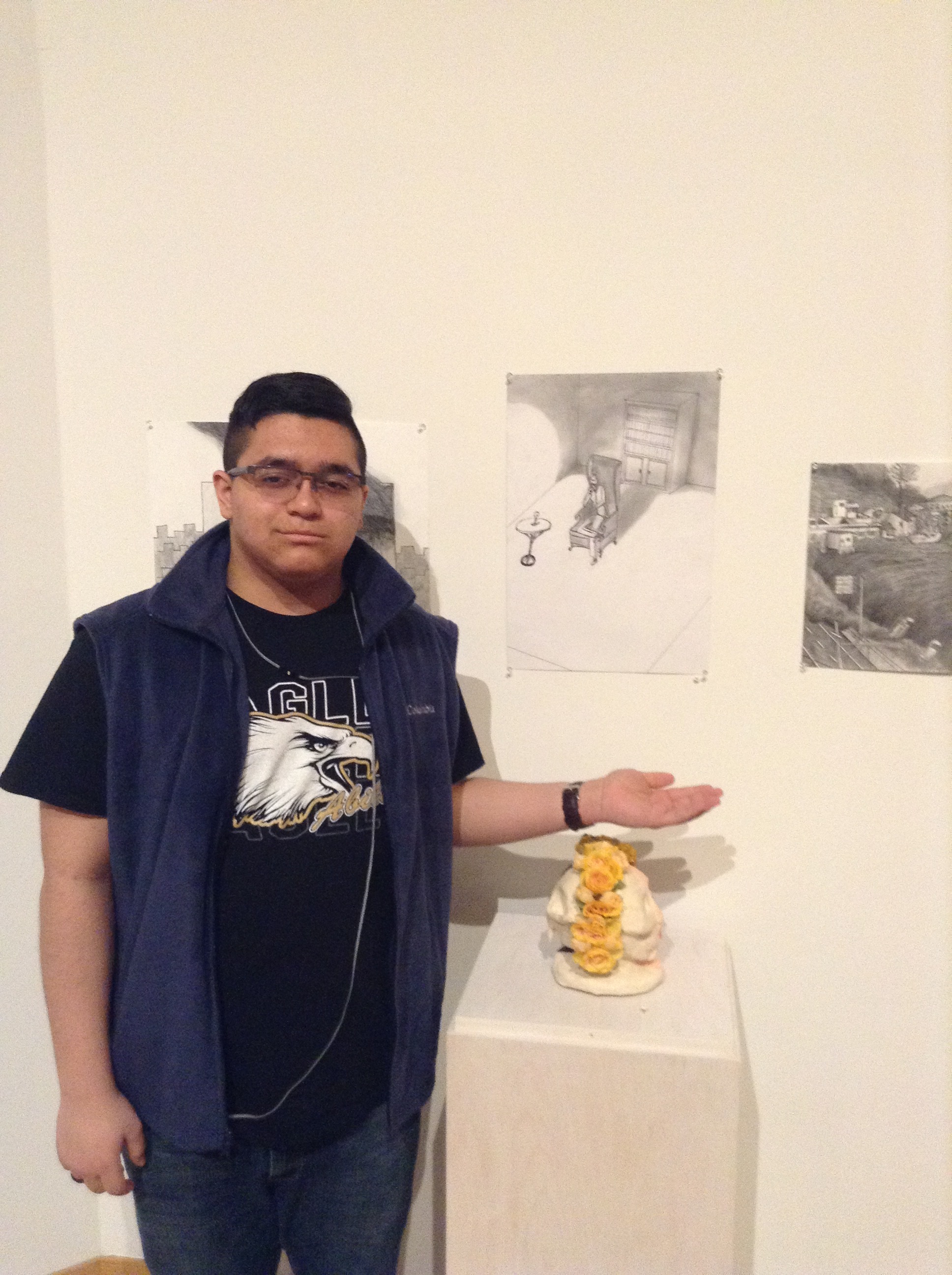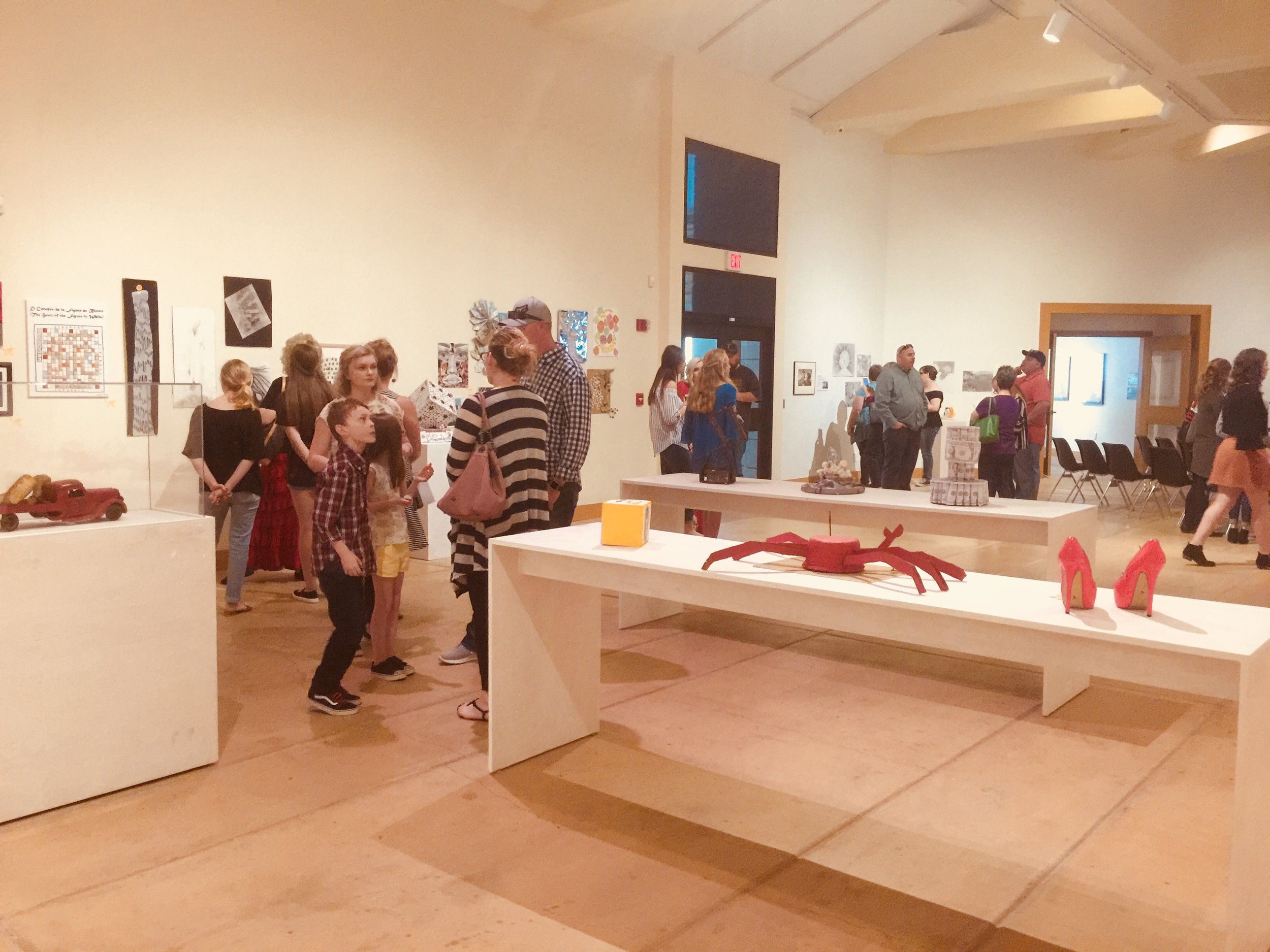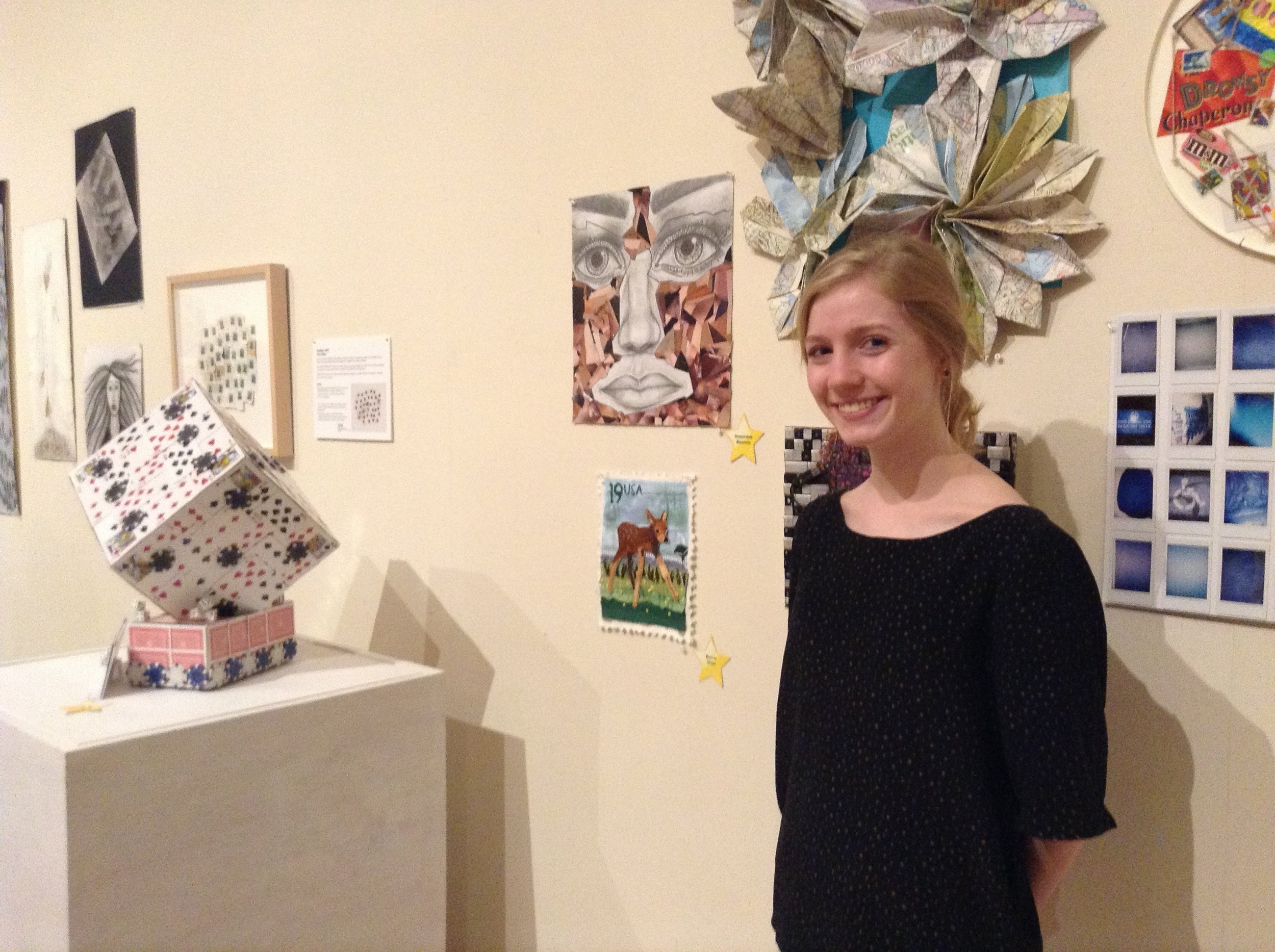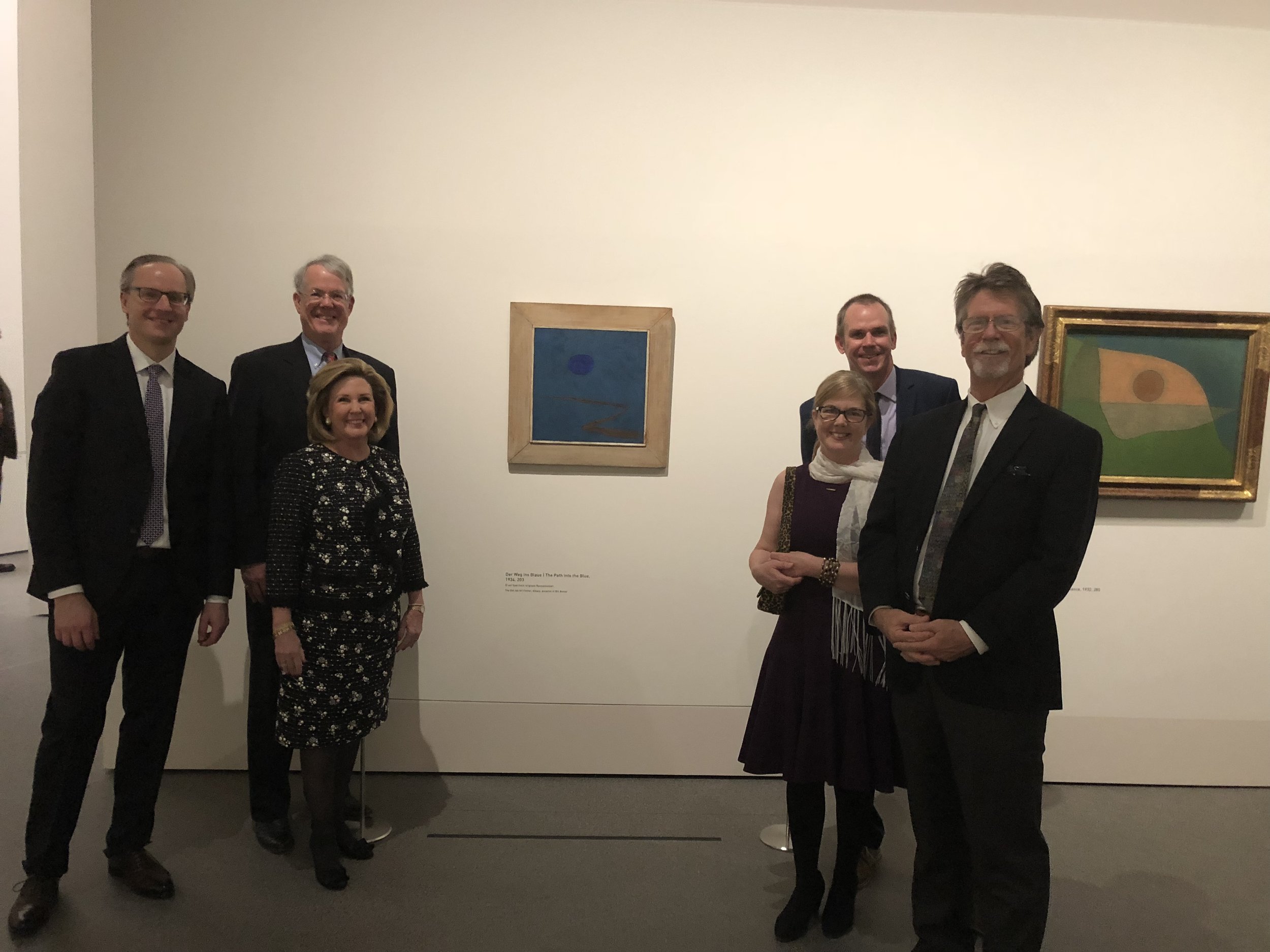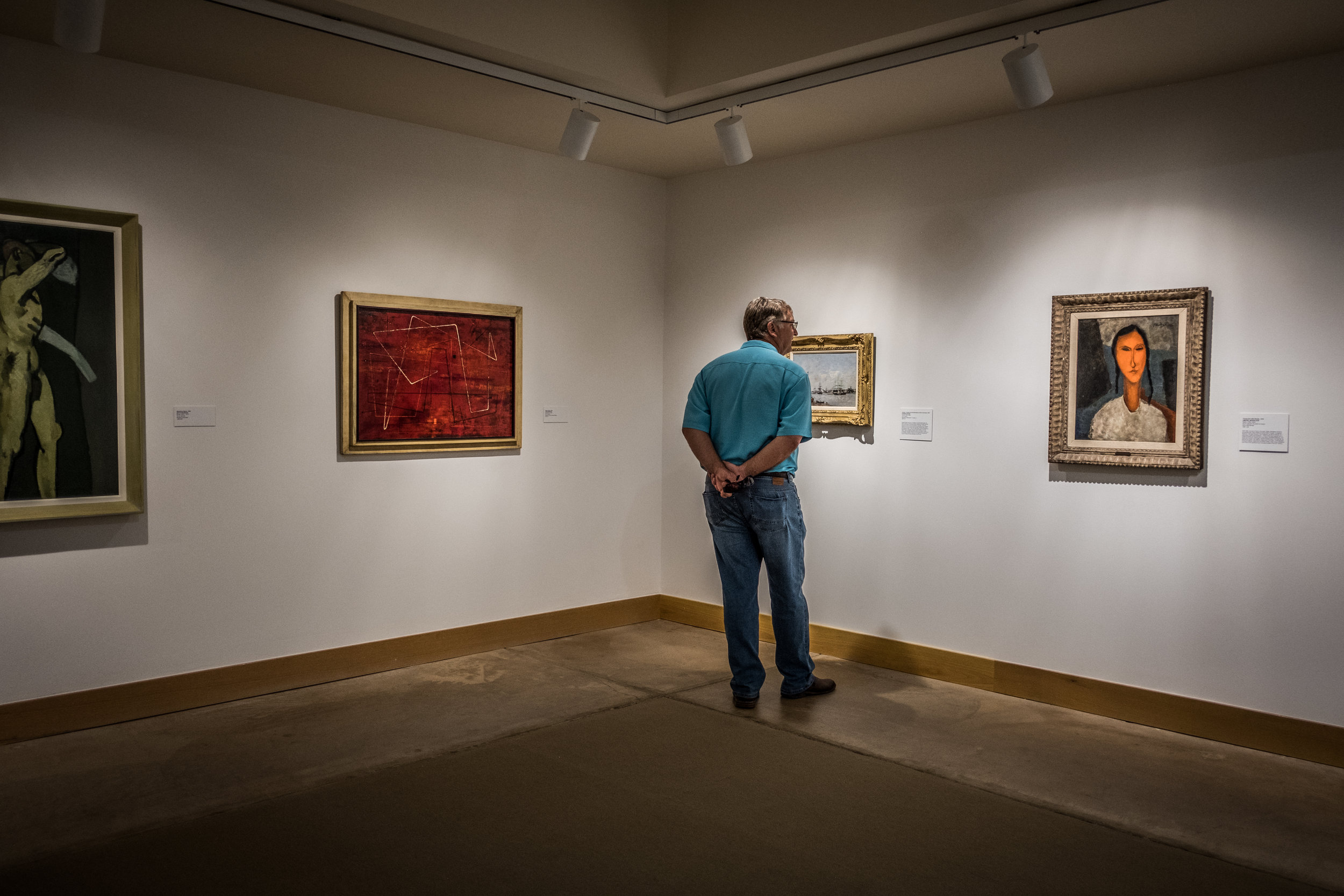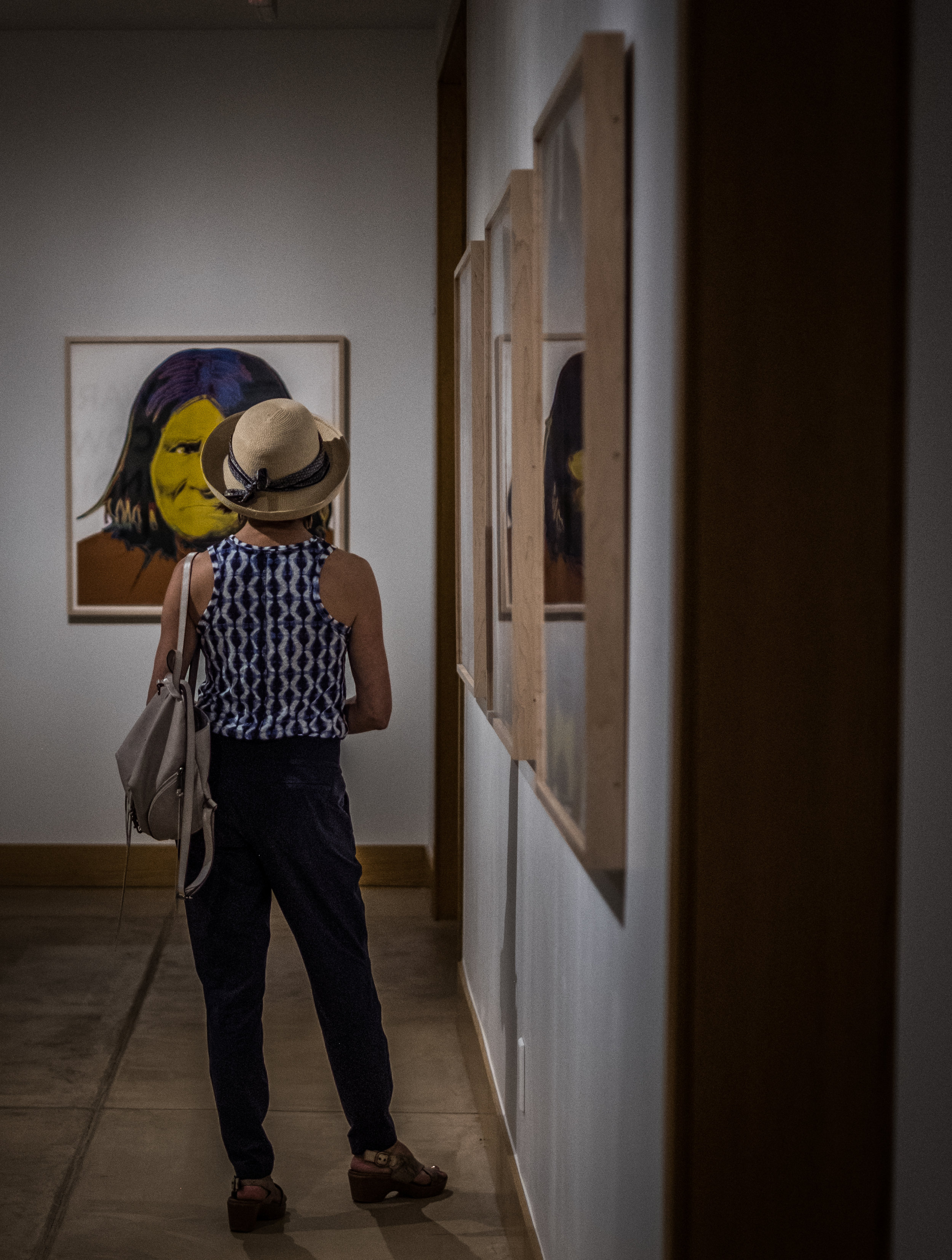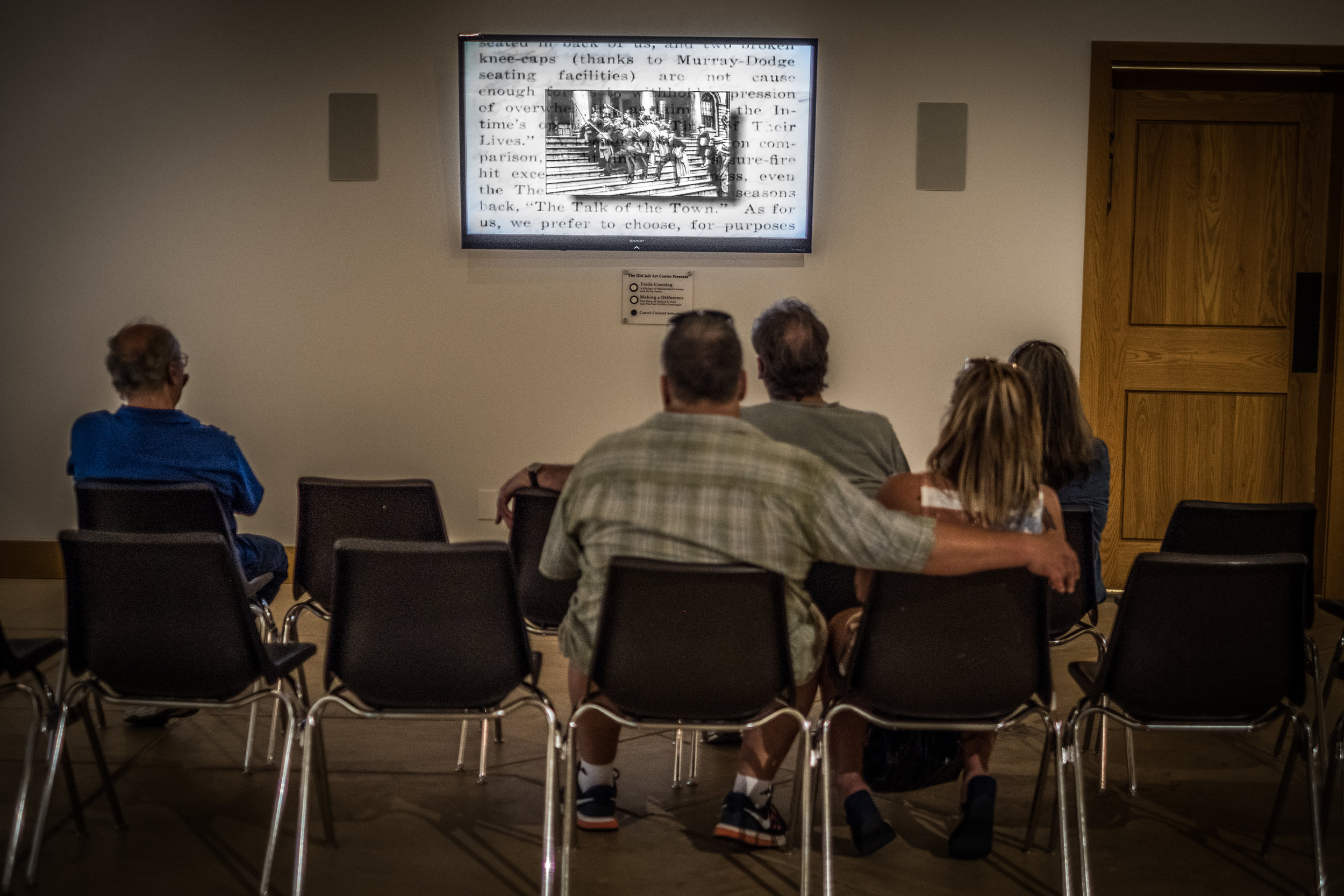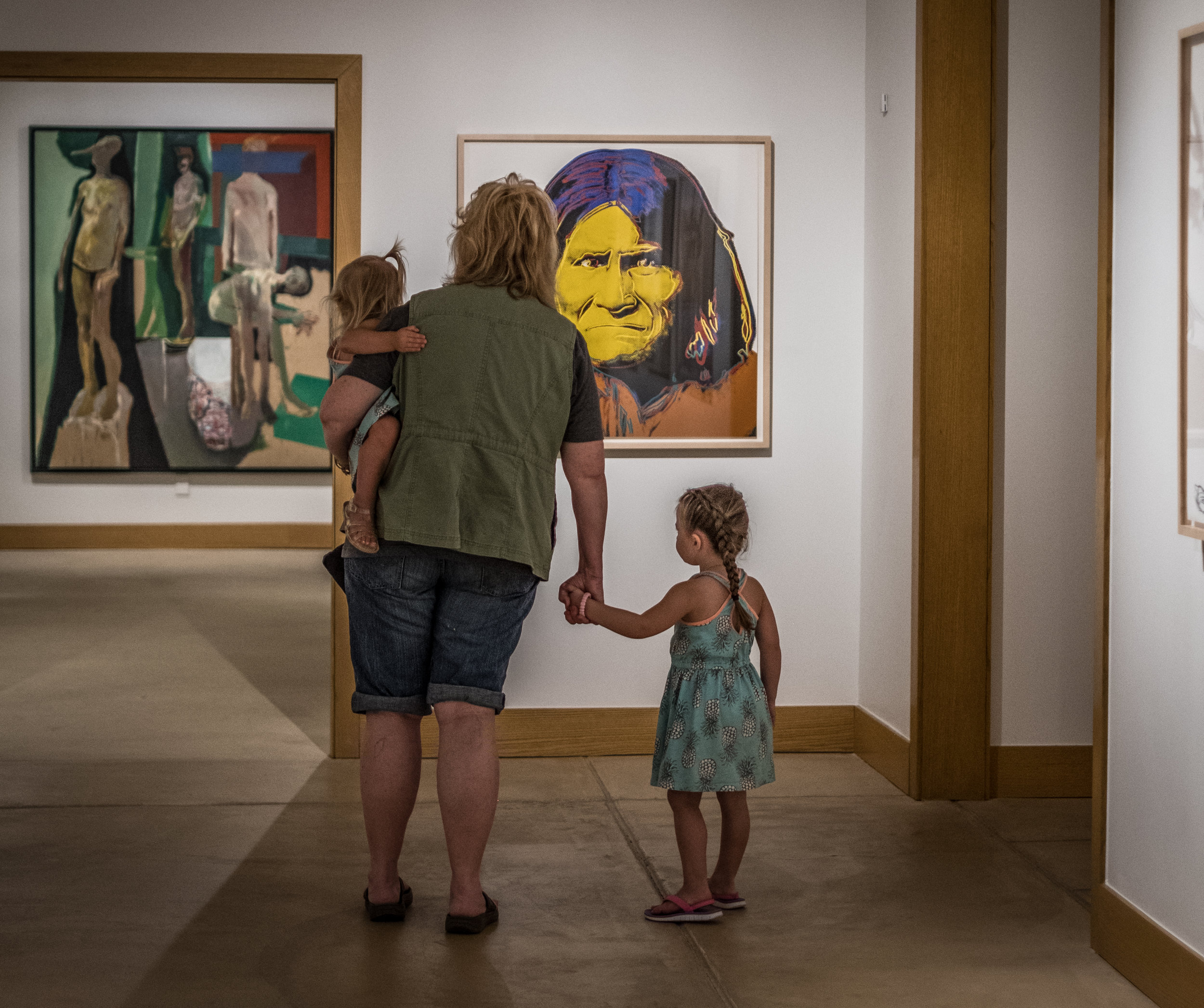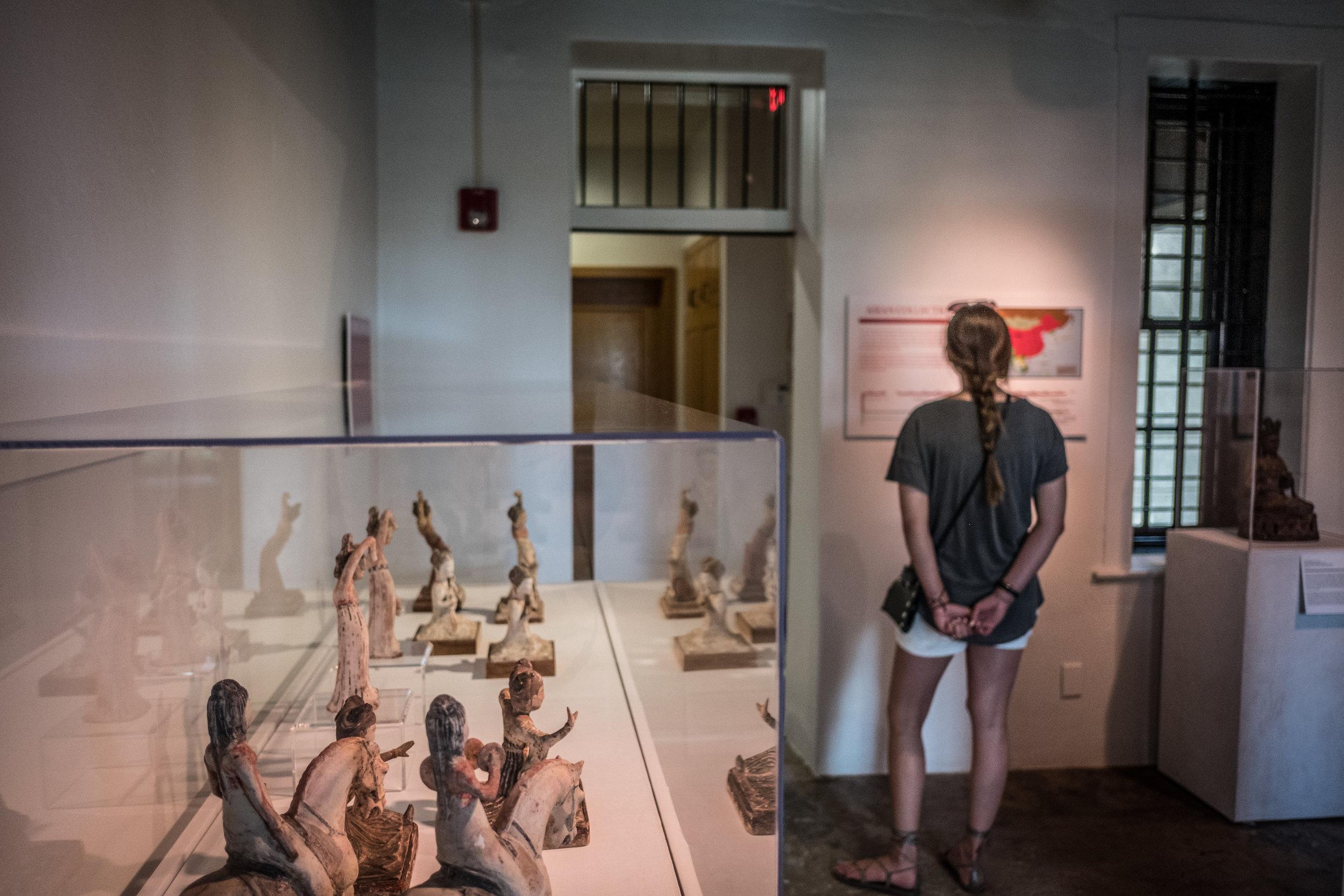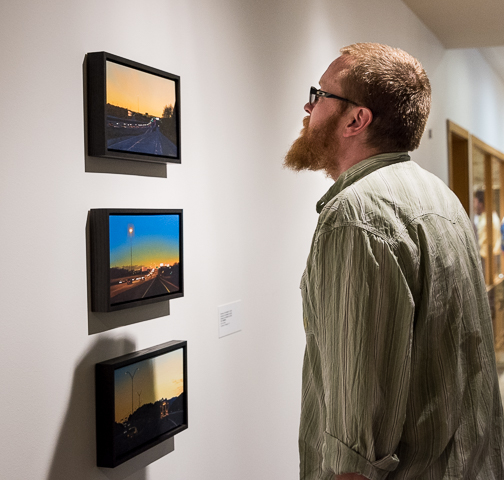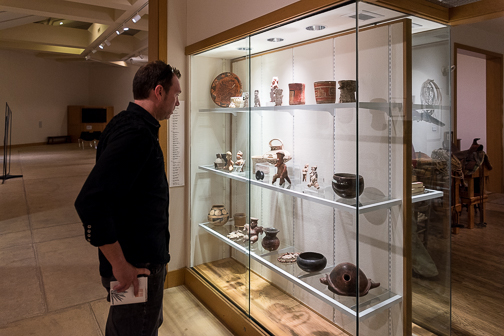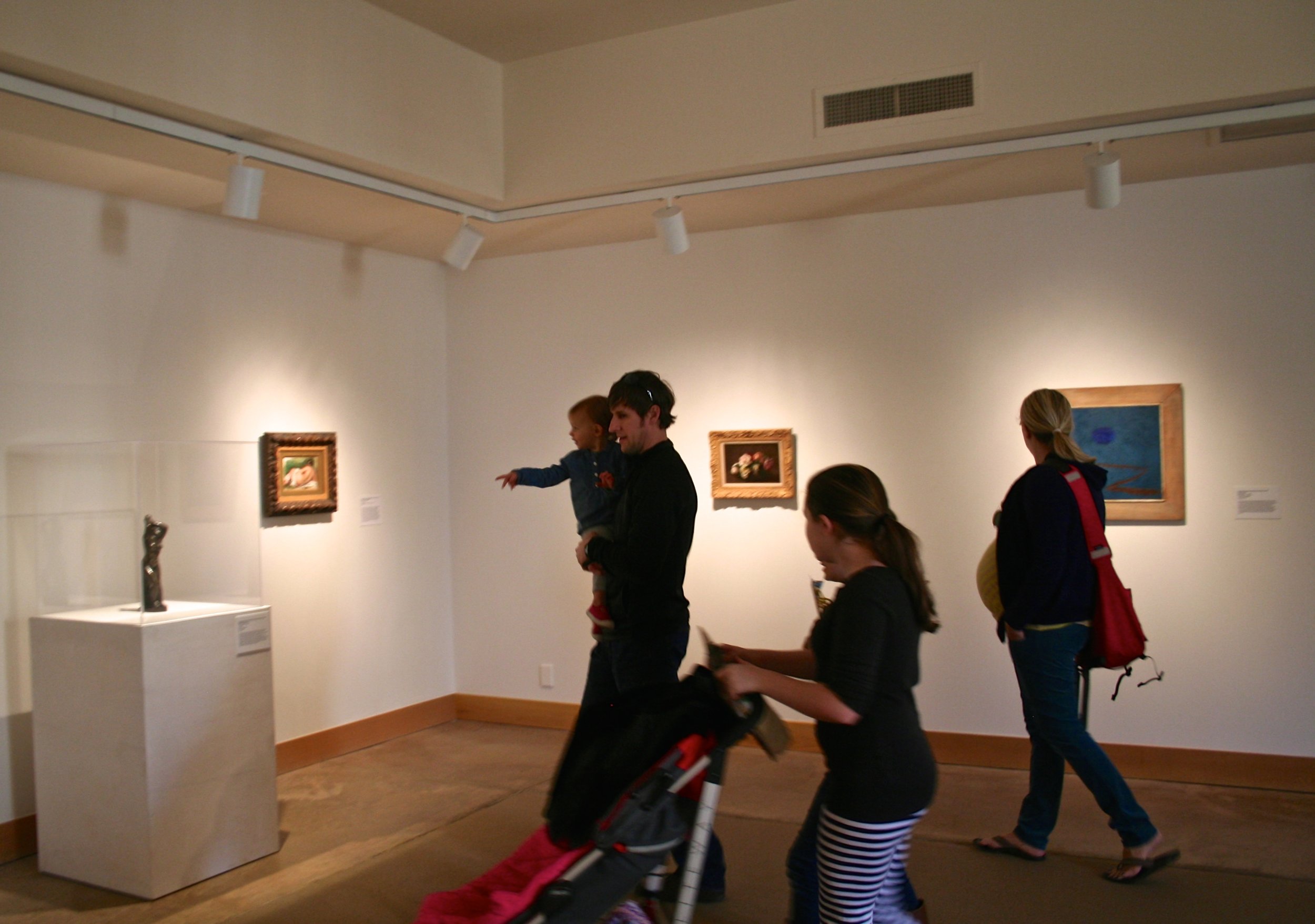In 2016, when I came to OJAC, I was a new teacher and had minimal experience with museum work. On my first day here I toured students through the galleries and I helped put on a Hanami Family Festival within my first week. I can tell you pace never slows here at OJAC.
Erin and I have worked tirelessly and seen exponential growth in the education programs during the last five years. We’ve said goodbye to some events and traditions as they outlived their time and introduced new ones that at times even surprised the two of us. When I joined the Art-to-Go program we were serving something around 2,250 students each month and now that number is closer to 3,800. I’ve driven countless miles from Abilene to Albany, to Cisco, to Throckmorton, Roscoe, Rule, and beyond. I’ve interviewed, trained, and said goodbye to nearly 20 high school interns; Driven Junior Docents on more than 8 field trips to San Angelo, Fort Worth, and Dallas art museums; I’ve written many lesson plans for over a dozen Teacher Workshops and prepared thousands of craft supply baggies for students kindergarten through 12th grade across West Texas.
This week I officially said goodbye to OJAC and started teaching full time at Texas Leadership Charter Academy in Abilene. It’s been a long time coming and yet somehow feels very sudden. I will no longer be commuting back and forth to Albany and I’m excited to be back in the classroom full time, working with the same students everyday. I’ve always been passionate about art and encouraging and empowering the artist in others. I love investing in the lives of my students and having a front row seat to watch them grown and mature into good people.
But 5 and a half years is a long time and I’ve grown accustomed to certain rhythms and seeing certain faces 40-50 hours a week while at OJAC and I will definitely feel their absence. Change is always bittersweet. I’ve made many wonderful memories during my time here and there is so much I will miss terribly!
I look forward to monthly visits from OJAC in my classroom and am thrilled to be able to share Art-to-Go with my new students as it is such an incredible resource! Just as I told my fellow coworkers - OJAC, it’s not ‘goodbye’, but ‘see you later!’
Molly Merck, Education Programs Coordinator

















